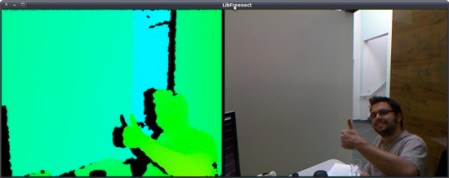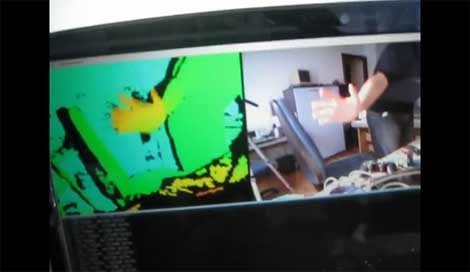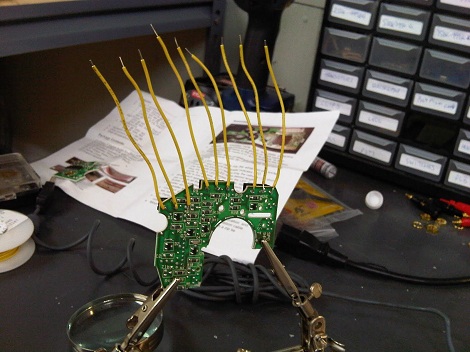 Adafruit Technologies has announced the winner of the Open Source Kinect contest. [Hector], who we mentioned yesterday has won, providing both RGB and depth access to the device. Some of you were asking at that time, why the contest was not over yet. Well, Adafruit had to verify. The image you see above are of another user[qdot], verifying the drivers on his machine.
Adafruit Technologies has announced the winner of the Open Source Kinect contest. [Hector], who we mentioned yesterday has won, providing both RGB and depth access to the device. Some of you were asking at that time, why the contest was not over yet. Well, Adafruit had to verify. The image you see above are of another user[qdot], verifying the drivers on his machine.
What is interesting is how Adafruit has chosen to close this contest. Not only are they giving [Hector] his prize money, they are also donating an additional $2,000 to the EFF who fight for our right to legally hack and reverse engineer our own equipment.
[Hector] is being generous as well, using his prize money to help pay for gadgets to hack with some teams he is involved with, mainly the iPhone Dev Team and the Wii hacker team “Twiizers”














